Tom Reily Landscapes
602-671-0394
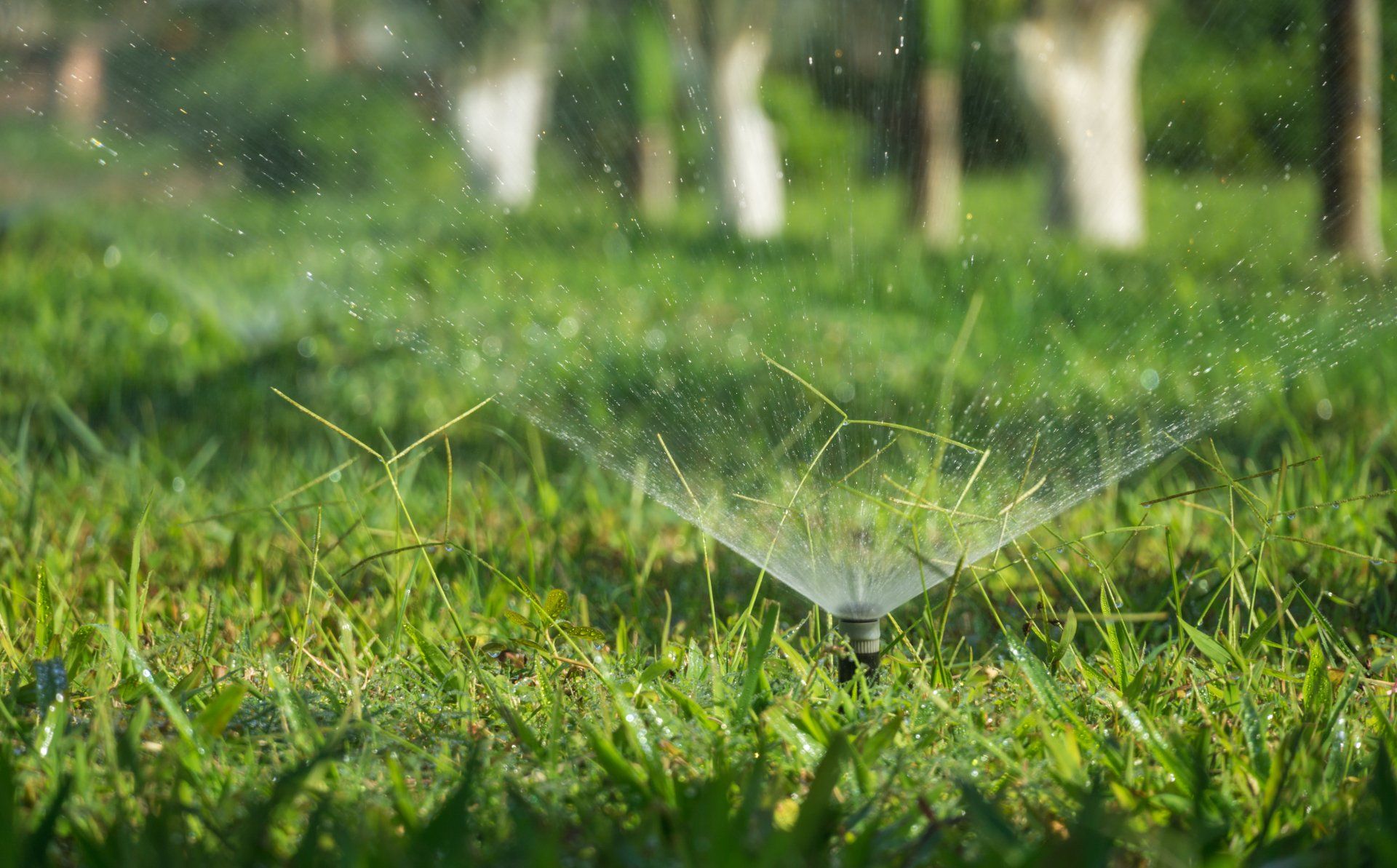
Watering (cont'd)
It’s not possible to fix the amount of rain falling, so it may be necessary to just deal with the issue as best as possible if it’s raining a lot. Improving drainage in the yard can help reduce the amount of sitting water, which can help keep the grass from receiving too much water. If the issue is due to the irrigation system, on the other hand, some changes can help make sure the water receives just enough water.
Start by placing a few cans around the yard and running the sprinklers for a few minutes. If all of the cans have the same amount of water, then the yard is being watered properly. If some have more water than others, there are areas that may be over watered and others that are under watered, which can lead to issues with the grass. Adjusting the irrigation can help fix this problem and ensure the grass gets enough water.
Roots grow as deep as they need to in order to reach the water. If there is too much water, the roots won’t grow down far enough. Watering less frequently, but for a longer period of time, can help the roots grow deeper. This will help the grass stay green in a drought longer and help prevent issues with over or under watering the lawn.
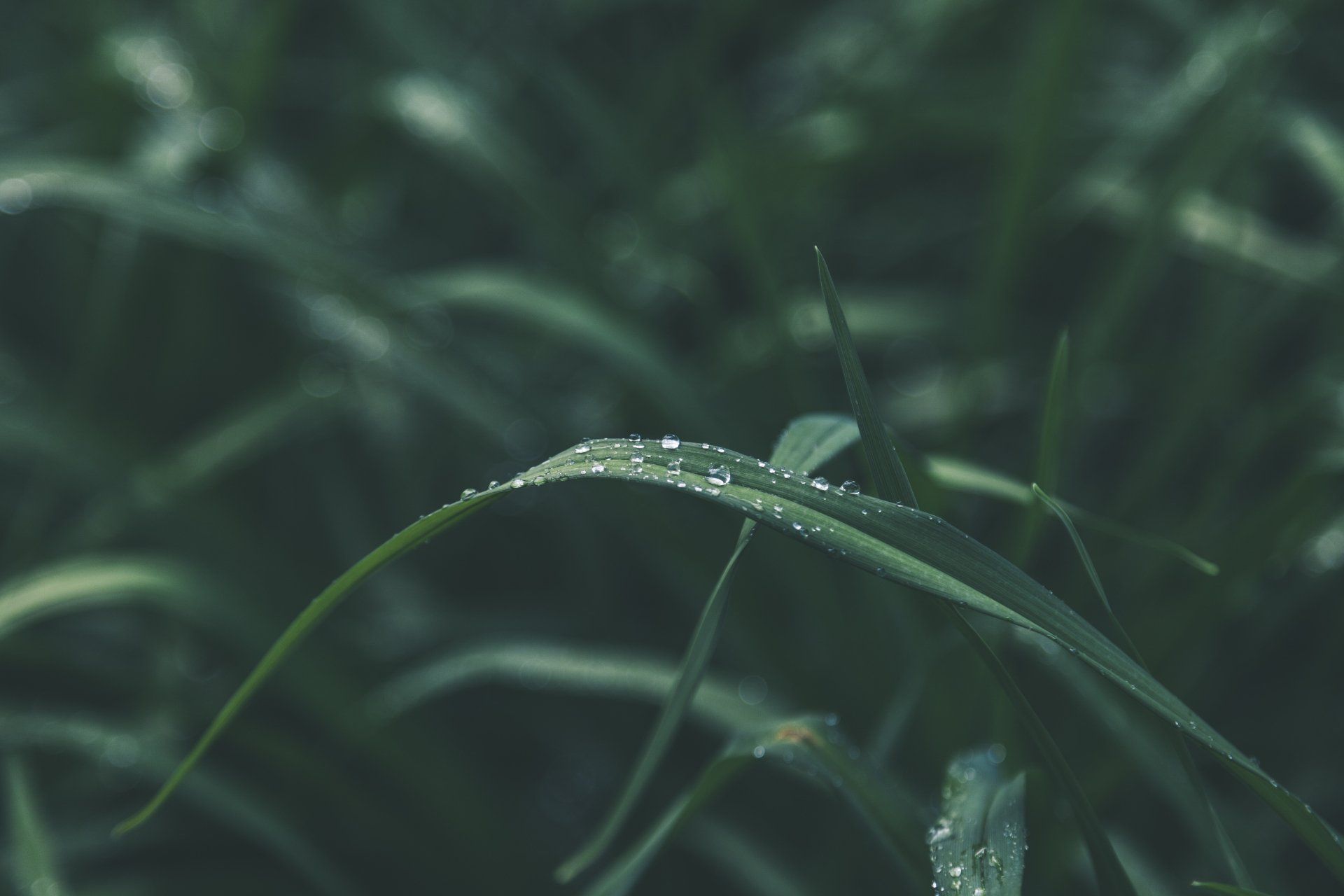
Types of Grasses (cont'd)
Ryegrass
Perennial ryegrass is a great option for those who need something that’s low maintenance, and that can handle heavy foot traffic. In areas where the yard is walked on frequently, this can be a great option.
Bermuda
Bermuda grass is a warm-season grass and does require more care, as it is delicate, but it will look stunning. In homes where there isn’t a lot of foot traffic in the yard, this can be an excellent option, as it has bright green blades that look stunning.
Zoysia
Zoysia grass is another warm-season grass and is perfect for areas that regularly go through droughts, as it can stay green longer when there isn’t a lot of water. Those who are looking for a yard that’s low maintenance may want this type of grass.
St. Augustine
St. Augustine is known for its blue-green color that will make the yard look amazing. The grass is more like a carpet, so it’s great for yards. It’s also resistant to heat and tolerant of droughts, so it’s a great option in warmer areas.
Keeping the grass green and becoming the envy of the neighborhood does take some time and work. When it comes to grass, there are a lot of factors that can impact the lawn’s look, and each needs to be considered to help keep the grass thick and green. Use the information here to keep your yard in excellent condition and the grass as green as possible.
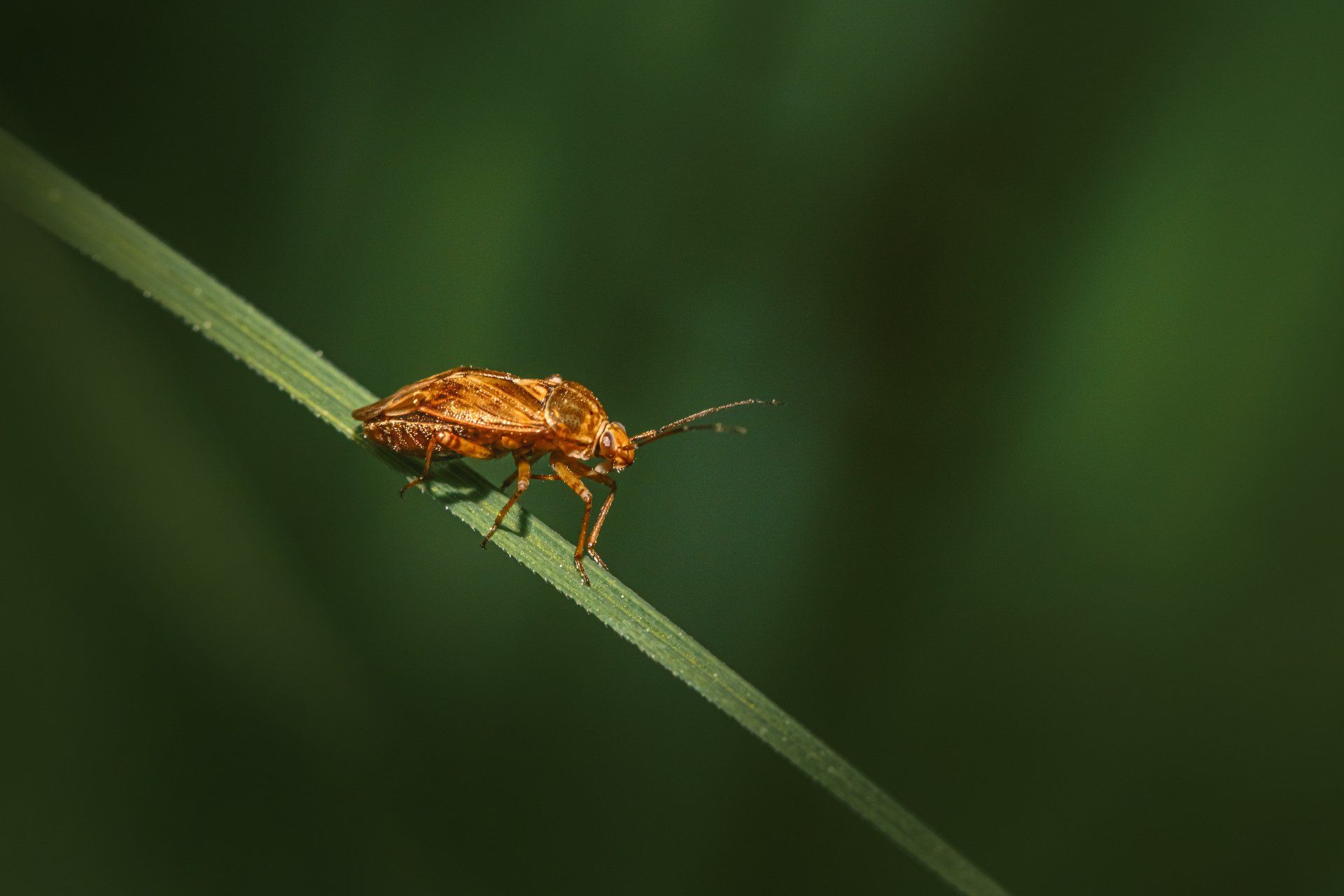
Weeds & Bugs (cont'd)
Billbugs
Another pest that can impact grass is a billbug. These are a dark gray or black color, and they grow in the thatch layer of the grass. Typically active during the growing season, they can chew on the grass and cause holes in the blades. Their larvae hatch in the summertime and use the grass as food, and they can end up eating significant amounts of grass and causing brown patches.
Grubs
As larvae living beneath the soil, the pests known as white grubs will chew off the roots of grass and similar plants. This can cause the grass to turn yellow in patches, and the grass can be picked up easily because there is no longer a root system holding it in the ground. It can be easy to spot grubs in the yard because animals like raccoons will dig in the yard to reach them.
Dandelions
Dandelions are commonly found in yards and can be difficult to deal with when they grow. They have yellow flowers and puffballs of seeds that spread with the wind. They can quickly grow and take over the yard, and if they are pulled from the ground, they can regrow from the roots left below the soil. Seeds can travel up to a couple of miles away, and they can grow almost anywhere.
Clovers
Clovers are often used to quickly cover the ground and to help prevent erosion, but they can be invasive, as well. Clover can grow even when there aren’t many nutrients in the soil, so they can take over an area rapidly and kill the crass that’s there. Since the seeds can lay dormant in the soil for years, they can appear almost anywhere and start to take over the yard as they grow.
Crabgrass
Crabgrass is another common concern for homeowners. Crabgrass is annual, but each one does generate thousands of seeds, which will start to grow as soon as the weather is right again. The grass also grows low to the ground, so it’s not likely to be cut when mowing the yard and will just continue to grow for the remainder of the season.
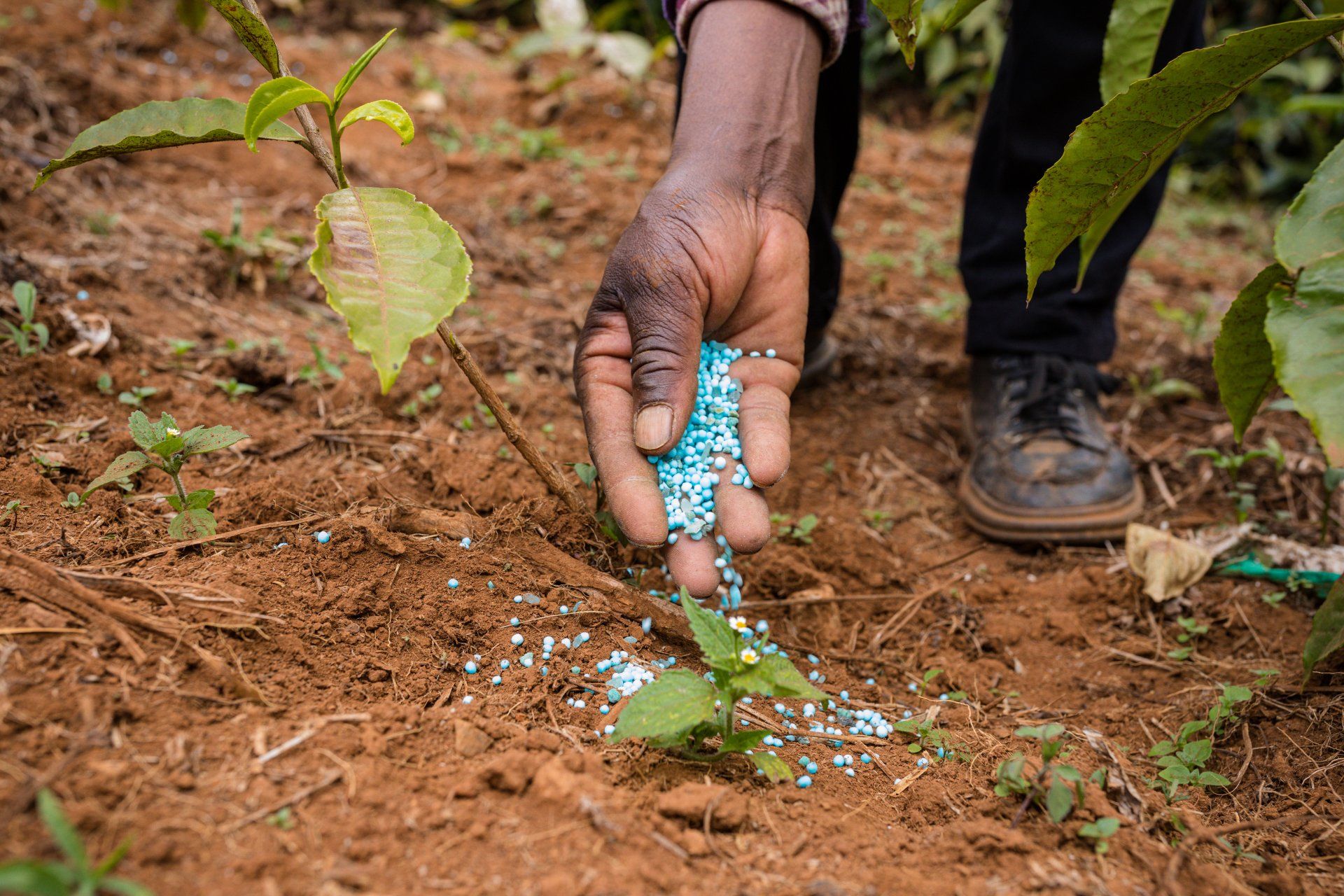
Fertilizing cont'd
Chemical fertilizers tend to release the nutrients all at once, though, so they will need to be reapplied regularly to keep working.
Both natural and chemical fertilizers can be used on the lawn, and they can be a great way to help keep the grass healthy and green. They do have their pros and cons, though, so it is important to determine which one is needed based on the desired results and other factors, like the impact on the environment or the ease of use.
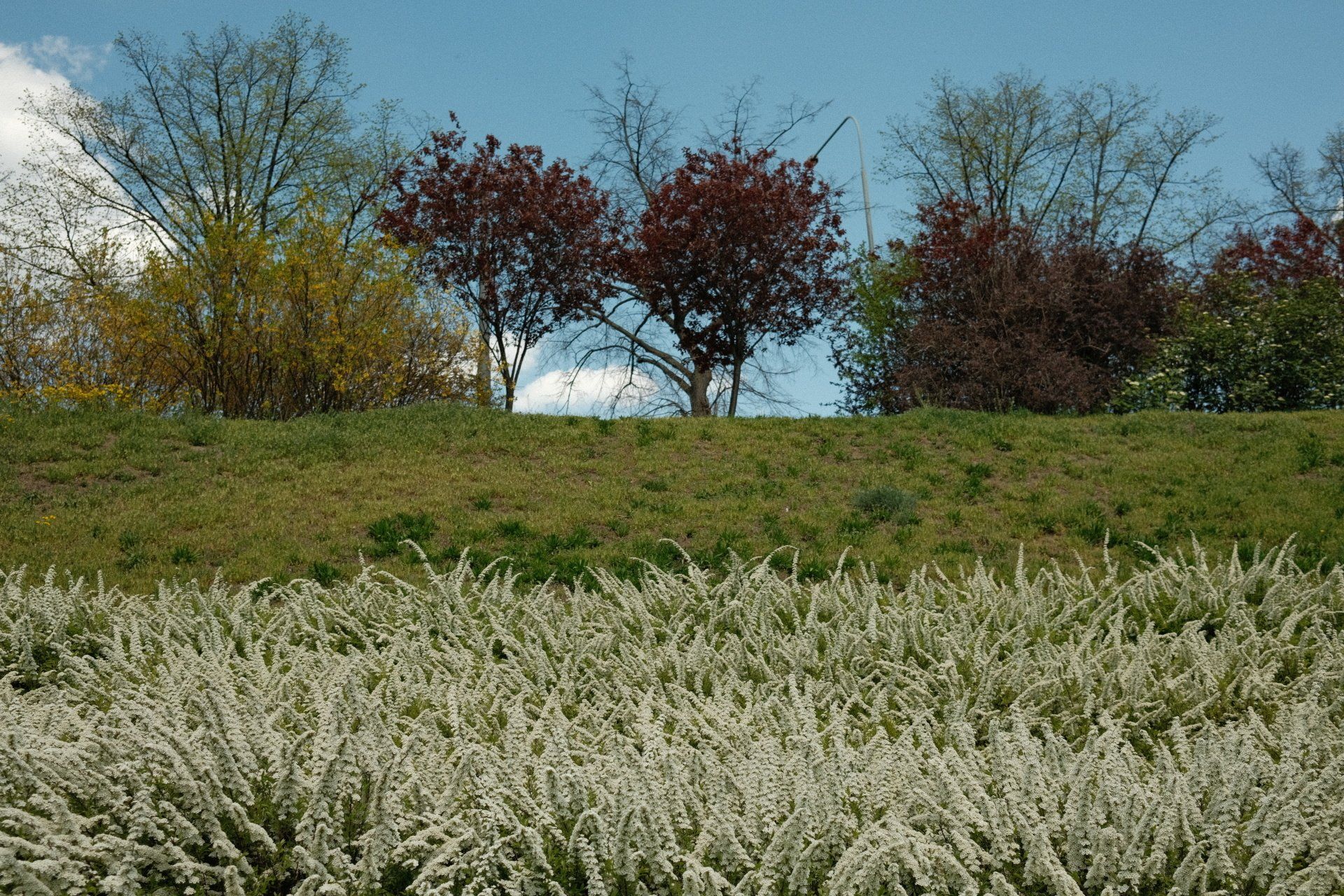
Yellow/Thin Grass (cont'd)
Damage by Insects
Insects can eat the grass or the roots, which can cause the grass to turn yellow and die. There are various insects that will end up eating the grass, so it is important to determine which pest is present. Once the type of pest is discovered, it’s possible to use various treatments to get rid of them and help the grass grow.
Grass Issues
Fungal diseases can quickly spread through the yard and cause it to turn yellow. This is often caused by overwatering the yard and can happen when there’s too much rain over a period of time. There are treatments available that can help prevent or cure fungal diseases to protect the grass.
Dealing With Weeds
Weeds growing in the yard can take over and crowd out the grass, killing it in the process. Weeds include dandelions, crabgrass, and more, but they can also include other types of grass that aren’t desired in the yard. If patches of grass look different from the rest, this could be a concern and can cause the desired grass to be thinner.
Insufficient Nutrients
If there aren’t enough nutrients in the soil, the grass isn’t going to grow thick and green. It may end up looking pale or start to turn yellow because it doesn’t have the nutrients needed to stay healthy. Fertilization should be done carefully to make sure the yard isn’t over fertilized and to make sure it’s added at the right time of the year.